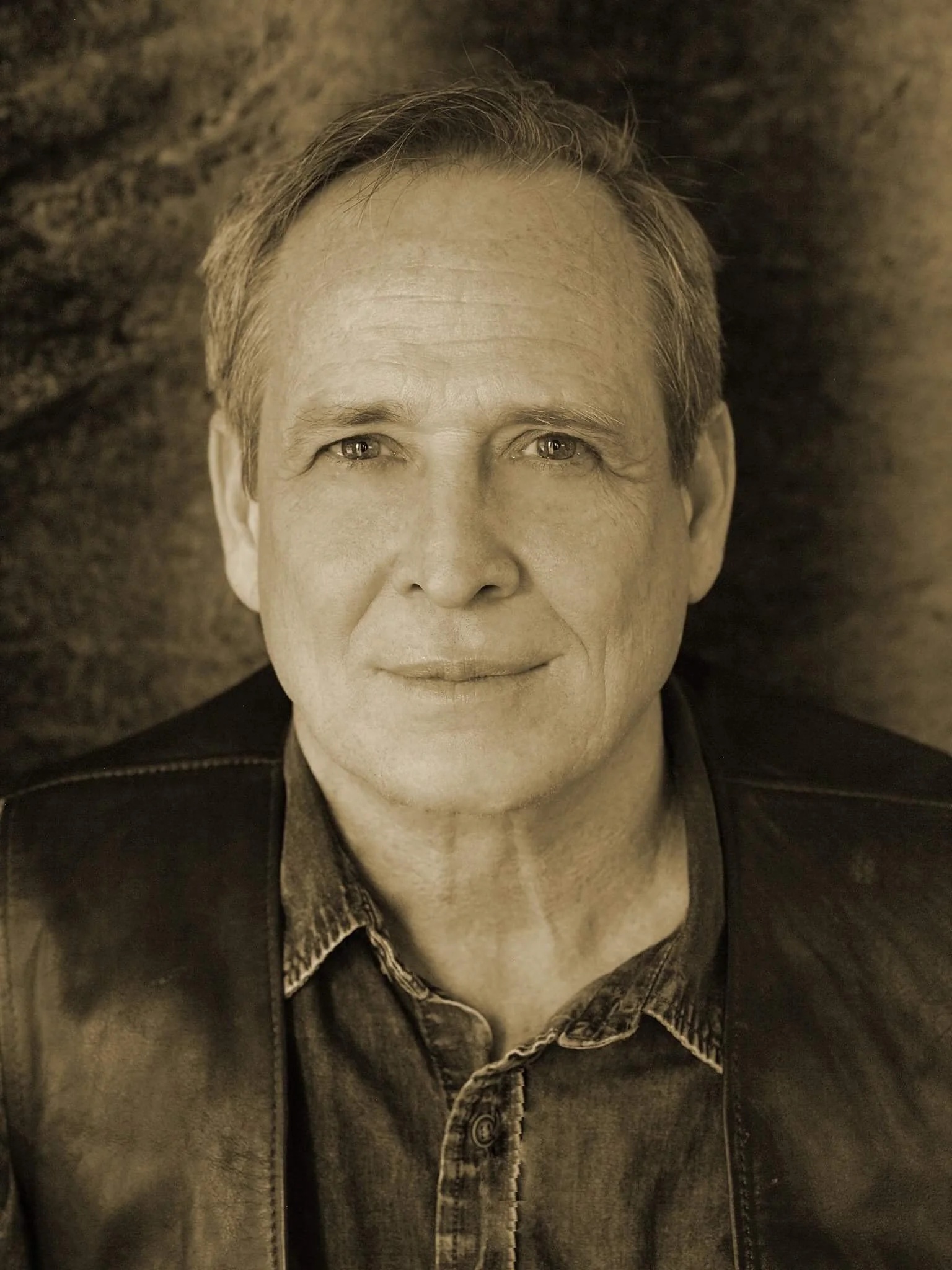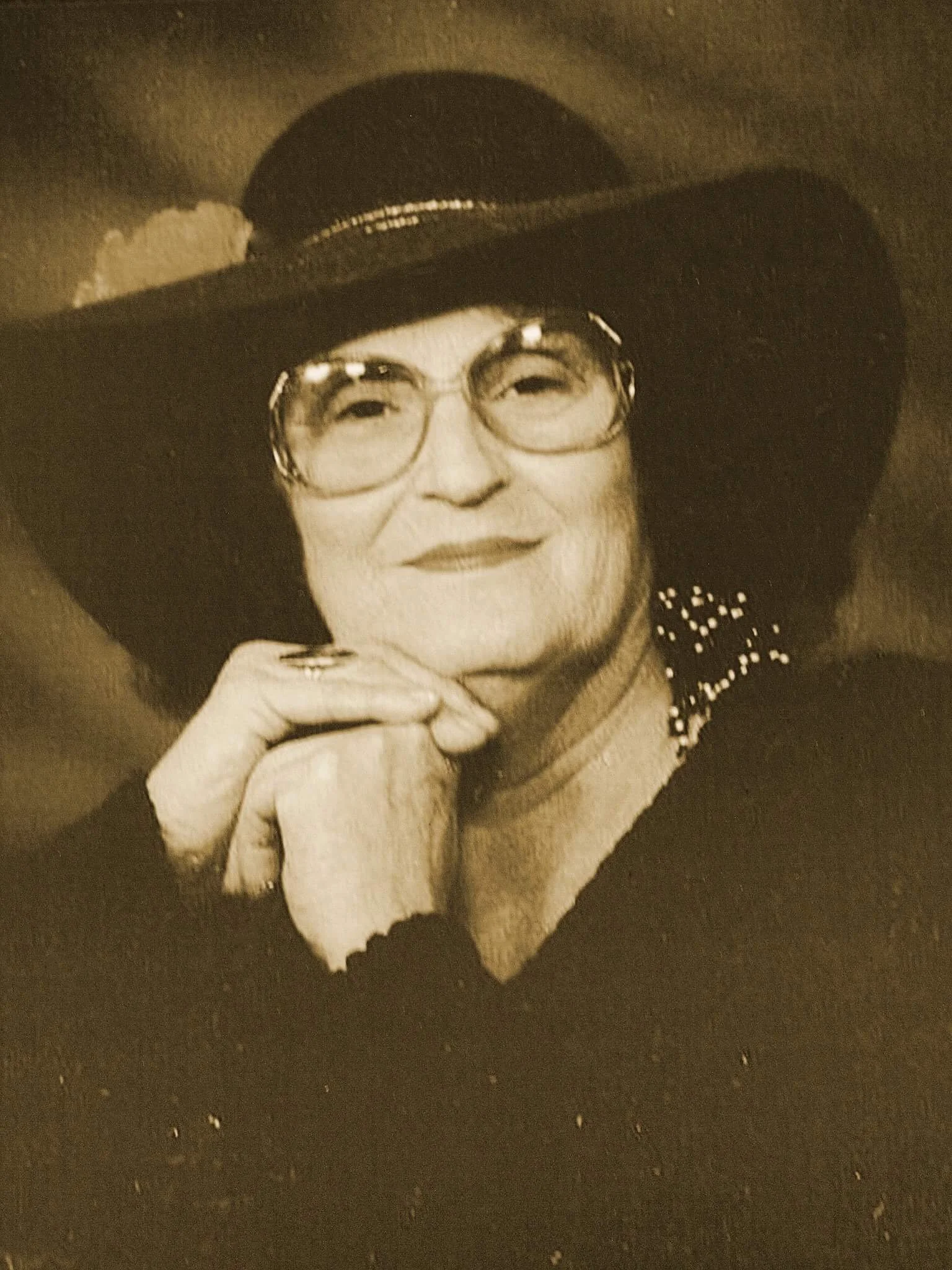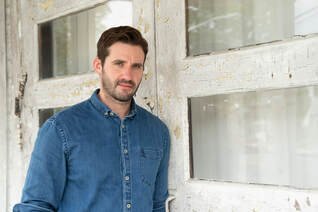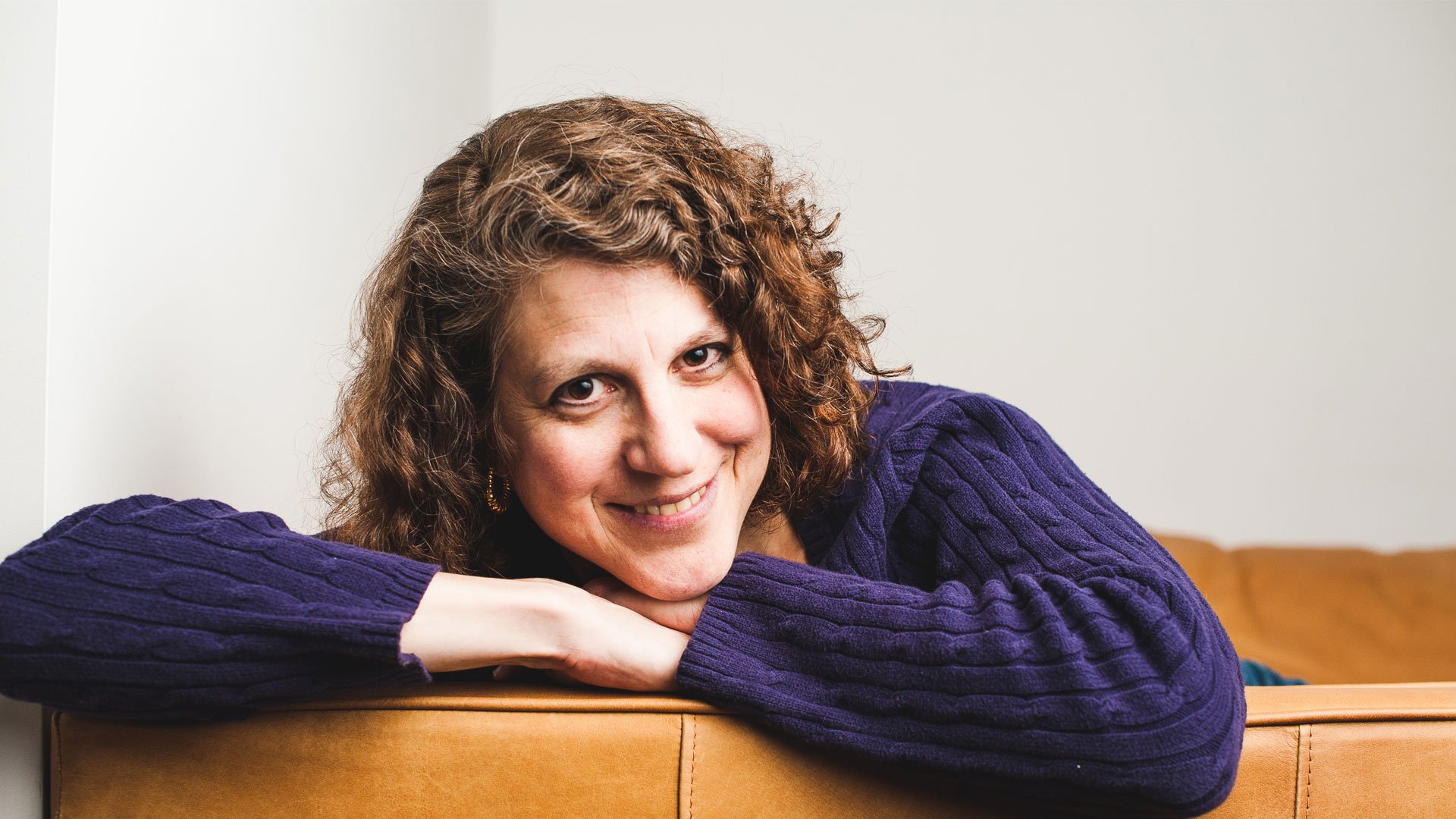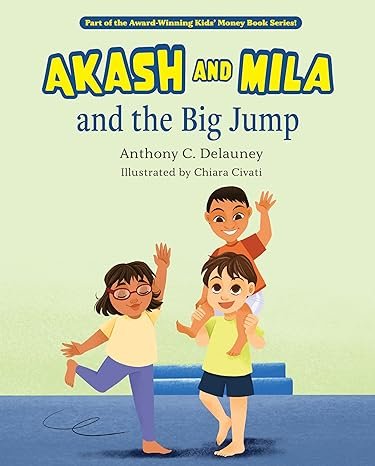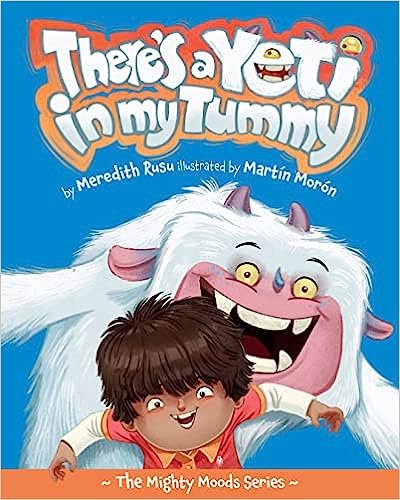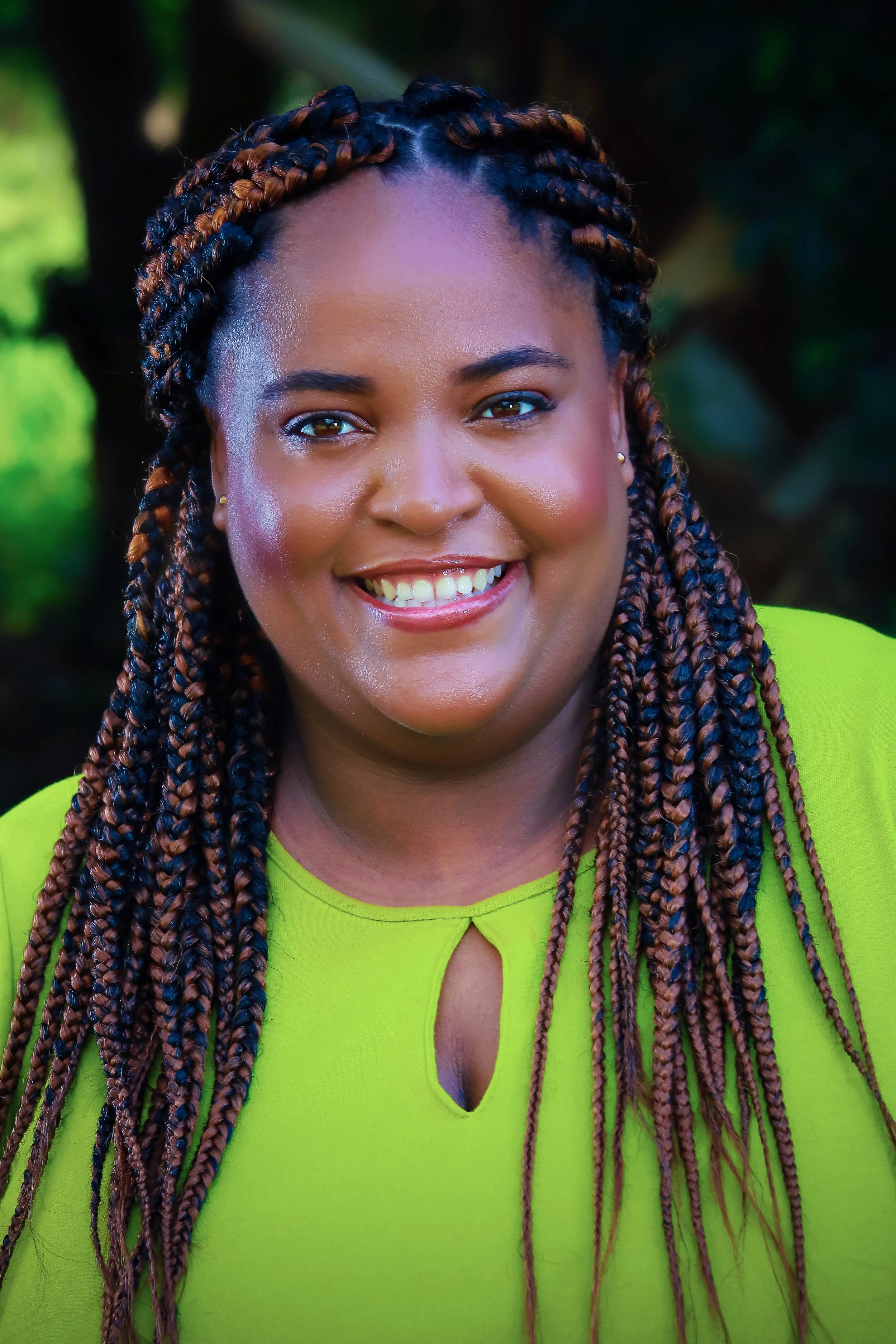What type of research do you do when thinking of and writing your novel? The Wrong Victim uses both the FBI and local police department, do you speak with individuals who actually work in these fields?
I love research. It started long before I published my first book — I read true crime, watched true crime documentaries, read about current events. Once I was published, I found experts willing to talk to me! In 2008, I participated in the FBI Citizens Academy, and to this day the Public Information Officer (now retired) is happy to answer my questions. I’ve toured Quantico, visited the morgue (twice!) and viewed an autopsy, been on several ride-alongs with local police and sheriff, and have several people across all areas of law enforcement to ask questions. In fact, my oldest daughter is now a police officer, and she’s working on getting me a ride along in a specific precinct where I plan to set a future book. She also connected me with a K-9 officer when I was writing a short story about a retired K-9.
For THE WRONG VICTIM, I reached out to a writer friend of mine who is a retired ATF agent — he was instrumental in helping me with the explosives.
I write fiction and take a lot of liberties with the information I learn. However, I want to be as realistic as possible. To me, as long as what I’m writing is plausible, then I’ll go with it. I write to entertain first and foremost, and sometimes too many forensic details or investigative facts can slow down a story. I’m always seeking to find the right balance.
How do you decide where to base your story? This book is based in the San Juan islands and I know Matt Costa’s special team travels.
The premise of the Quinn & Costa mobile response team series is that they are a well-trained group of FBI agents who travel to small, rural, and underserved communities — places where local police may not have the resources to handle a complex investigation such as a serial killer or, in the case of THE WRONG VICTIM, an explosion. So I look for places where setting fits the story. For this book, I had the idea first — a charter boat explodes, who was the intended victim? So that told me I needed a remote, water-based community and looked on a map. The San Juan Islands immediately drew me in, and after reading about the area, I quickly made the decision. I had planned to visit before I wrote the book, but alas, 2020 was not a year for travel, and so I relied on interviews and the internet for information.
Do you travel or visit the places you write about first?
If I can, but unfortunately, sometimes that isn’t possible. That’s when research and interviews come in handy!
One of my earlier books, I thought I had researched very well — even talking to people who lived in the region (Seattle) and looking extensively on maps. But I made a mistake about how to get from Point A to Point B and a reader pointed it out. Now I take much more care in making sure I get these details right if I’m writing about a place I don’t know well.
I had wanted to visit the San Juan Islands before writing THE WRONG VICTIM — not just for the book, but because I’d always wanted to go there. Unfortunately, 2020 happened and that wasn’t possible. The book I recently finished writing, the currently untitled fourth Quinn & Costa book, takes place in the bayou in Louisiana. I’ve been to Louisiana many times, and my best friend lives there. While I created a fictional town, I drew upon my personal knowledge and the help of my bestie!
How did you come up with your idea for a loaned LA officer who cannot return due to her undercover work?
When I was writing the first Quinn & Costa book, Kara Quinn — the Los Angeles detective on leave — wasn’t going to be a series character. She was going to be a catalyst of sorts for Matt Costa, the team leader. So creating her character, I thought it would be fun to have her as an undercover detective, someone has a unique skill set that would be valuable in Matt’s current investigation.
Well, by the time I finished writing the book, I knew Kara had to return. I just loved her character and felt she had the most growth to do in the series, plus would provide a different perspective to the crimes because of her background. I didn’t know even after I finished writing the book how or why she was going to be on loan to the FBI, I had to sit on that for a few days until I worked out something that made sense to me.
How do you decide which books become a series versus a stand alone story?
This is a great question!
For me, all stories — stand alone or series — start with character. Without compelling, interesting, and complex characters, the story falls flat.
In a series, the characters must be interesting enough that readers will want to revisit them and see them in different situations. This is why police procedurals and amateur sleuths truly lend themselves to series books. You like the world, the characters, how they grow over time and want to revisit them over and over and see what’s going on in that world. The same way, I think, television viewers like favorite shows. The plots are interesting and often twisty, but readers (or viewers) really return to find out what happens to the people we’ve grown to love and hate and worry about.
So when I have an idea that is predominately character based — a team of FBI agents, for example — I focus on making those people as real and authentic as possible with an eye toward how they are going to grow and develop over multiple stories. I still want to have a strong plot — so I put them in situations or solving cases that are dangerous or interesting. By the end of the book, I want my characters to learn something about the team or themselves, to grow in some way, however small it might be. I want the series books to stand alone — so new readers can find the books in the middle of the series — while also giving regular readers a character growth arc from book to book.
For a stand alone, while characters are ALWAYS going to be important, they are there for one story only. They need to have a complete character arc from beginning to end so that the reader is fully satisfied at the story conclusion. Plot is important in both types of stories, but in a stand alone the situation/plot provides a stronger framework and backbone than in a series. There is often a universal theme that resonates, that is in some ways bigger than the story itself. Stand alones, at least for me, are about ordinary people in extraordinary circumstances — so readers wouldn’t expect those characters to return in a different story.



